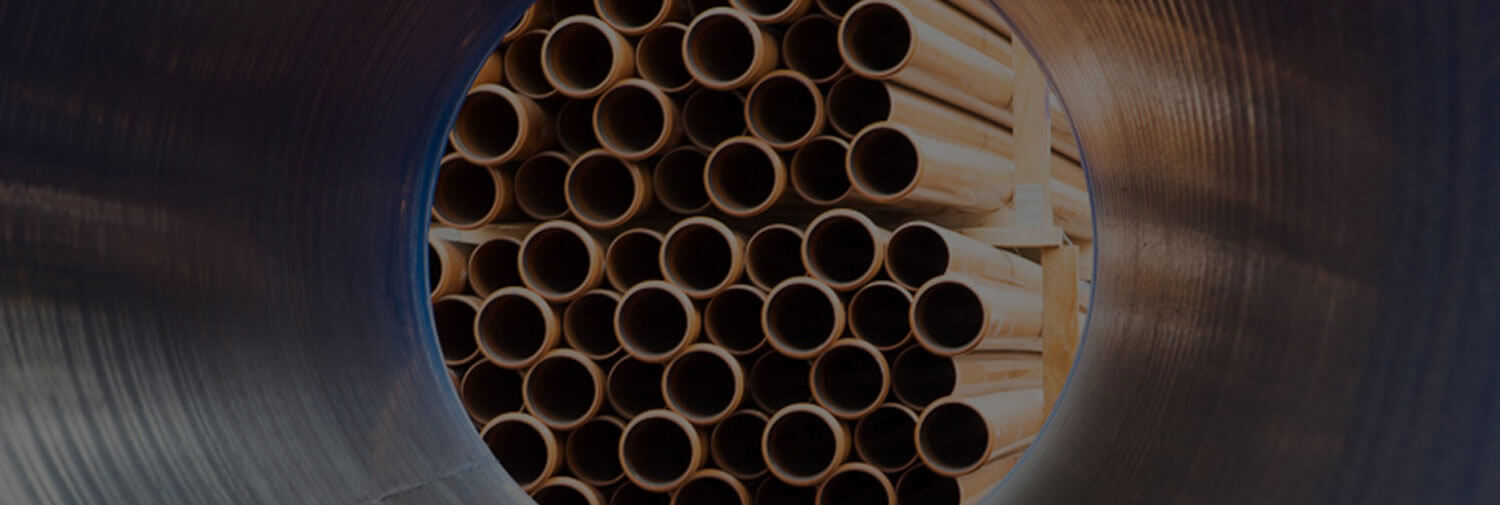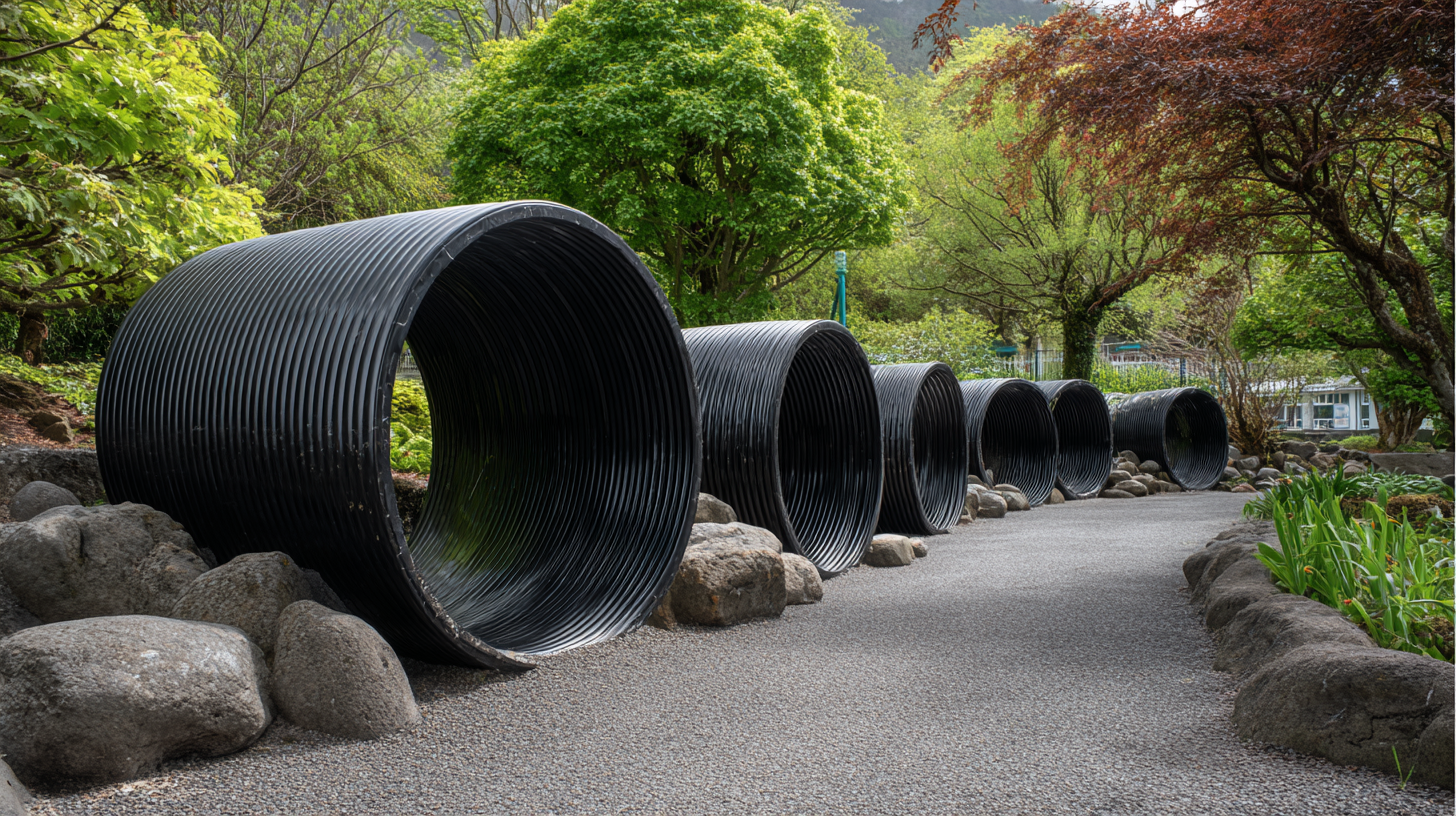

 Urban areas are increasingly challenged by the consequences of stormwater runoff, leading to the need for effective and sustainable drainage solutions. The integration of innovative applications of corrugated drain pipes has emerged as a crucial component in the design of modern urban drainage systems. According to a report from the Water Environment Federation, approximately 70% of global urban runoff can be effectively managed using advanced drainage technologies.
Corrugated drain pipes, known for their lightweight, durability, and flexibility, play a pivotal role in enhancing water management efficiency and mitigating flooding risks. As cities strive to meet environmental sustainability goals, the application of these pipes not only contributes to improved infrastructure resilience but also supports the implementation of green urban spaces, as emphasized in the U.S. Environmental Protection Agency's guidelines for sustainable systems. This paper explores various "how to" methods of utilizing corrugated drain pipes to foster sustainable practices in urban environments.
Urban areas are increasingly challenged by the consequences of stormwater runoff, leading to the need for effective and sustainable drainage solutions. The integration of innovative applications of corrugated drain pipes has emerged as a crucial component in the design of modern urban drainage systems. According to a report from the Water Environment Federation, approximately 70% of global urban runoff can be effectively managed using advanced drainage technologies.
Corrugated drain pipes, known for their lightweight, durability, and flexibility, play a pivotal role in enhancing water management efficiency and mitigating flooding risks. As cities strive to meet environmental sustainability goals, the application of these pipes not only contributes to improved infrastructure resilience but also supports the implementation of green urban spaces, as emphasized in the U.S. Environmental Protection Agency's guidelines for sustainable systems. This paper explores various "how to" methods of utilizing corrugated drain pipes to foster sustainable practices in urban environments.
The design of corrugated drain pipes has evolved significantly, presenting innovative concepts tailored for urban environments. One notable advancement is the incorporation of modular designs that allow for easy installation and maintenance. These modular systems can be configured to fit various urban layouts, ensuring efficient drainage while minimizing disruption to existing infrastructure. Additionally, the use of lightweight, durable materials enhances the transportability and lifespan of the pipes, making them a viable option for cities looking to upgrade their drainage systems sustainably.
Another innovative design concept involves integrating smart technology into corrugated drain pipes. Sensors embedded within the pipes can monitor water levels and flow rates in real time, providing critical data for urban planners. This information allows for proactive maintenance and optimization of drainage systems, reducing the risk of flooding and erosion in urban areas. Furthermore, the use of bioengineering techniques to incorporate green elements around the drain pipes can lead to enhanced stormwater management, promoting biodiversity and improving the aesthetic appeal of urban landscapes.
The advent of smart corrugated pipe technology has brought significant enhancements to urban water management, addressing the mounting challenges posed by urbanization and climate change. According to a report by the Water Research Foundation, cities are predicted to face a 30% increase in stormwater runoff by 2050, necessitating innovative solutions that can effectively manage this surge. Smart corrugated drain pipes, equipped with sensors and real-time monitoring capabilities, facilitate precise management of water flow, enabling municipalities to respond swiftly to changing environmental conditions.
Additionally, these advanced drainage systems promote sustainability by integrating with green infrastructure principles. The use of eco-friendly materials in the manufacturing of corrugated pipes contributes to reduced carbon footprints, while their ability to filter pollutants ensures cleaner water returns to natural ecosystems. The American Society of Civil Engineers estimates that implementing smart drainage solutions could reduce urban flooding by as much as 90%, highlighting the critical role of technology in modernizing urban drainage systems. As cities grapple with the repercussions of climate variability, employing innovative drainage systems becomes paramount for sustainable urban planning and water resource management.

As urbanization accelerates, the integration of sustainable materials into drainage systems has become imperative.
Corrugated drain pipes, traditionally made from durable yet environmentally impactful materials, are now evolving with innovative, eco-friendly alternatives.
Research indicates that using recycled plastics can reduce carbon emissions by up to 30% compared to conventional materials (Smith et al., 2022).
This shift not only supports sustainability but also enhances the lifecycle of drainage systems.
In addition to recycled plastics, biocomposite materials are emerging as a promising solution for future-ready drainage systems.
These materials, often derived from renewable sources, offer superior performance in terms of durability and resistance to environmental wear.
According to the Sustainable Construction Materials Report (2023), the use of biocomposites in civil engineering applications can significantly decrease the demand for non-renewable resources, paving the way for greener infrastructure.
The adoption of such sustainable materials is crucial for municipalities aiming to create resilient urban environments capable of handling the increasing challenges posed by climate change.
In recent years, integrating green infrastructure with corrugated drain solutions has emerged as a pivotal strategy in sustainable urban drainage systems. Corrugated drain pipes, characterized by their lightweight and flexible design, effectively manage stormwater while promoting infiltration and reducing surface runoff. According to a report by the International Water Association, urban areas utilizing green infrastructure strategies can achieve a 30% reduction in stormwater management costs compared to traditional methods. This approach not only enhances the efficiency of drainage systems but also supports biodiversity by creating habitats for urban wildlife.
Implementing green infrastructure with corrugated drain solutions offers several advantages. The permeability of these pipes allows for natural filtration processes, improving water quality before it reenters local waterways. Additionally, they can be integrated into green roofs, bioretention areas, and permeable pavements, effectively reducing the heat island effect in urban settings. As cities continue to expand, innovative applications of corrugated drain pipes serve as a sustainable alternative that aligns with environmental goals.
Tips: When considering the integration of green infrastructure, evaluate existing site conditions to maximize drainage efficiency. Moreover, use locally sourced materials for your corrugated drain systems to reduce carbon footprints. Always consult industry standards to ensure compliance with best practices in stormwater management.
Recent advancements in urban drainage systems have highlighted the potential of corrugated drain pipes as a sustainable solution to manage stormwater runoff effectively. Cities facing significant pollution challenges from urban runoff have started to implement these innovative piping systems. Case studies from several urban areas demonstrate that corrugated drain pipes, with their enhanced surface area and resilience, can reduce sediment transport and improve water quality by filtering out pollutants more efficiently.
In San Francisco, for instance, the integration of corrugated drain pipes in the city's green infrastructure has resulted in a marked reduction in stormwater pollution. By utilizing these pipes, the city has managed to decrease the volume of contaminants entering local waterways, showcasing the impact of design modifications on urban runoff management. Similarly, cities like Melbourne have adopted these systems to support their sustainable drainage practices, leading to improved outcomes for both flood control and environmental preservation. These examples underscore the viability of corrugated drain pipes as a crucial component of modern sustainable urban drainage systems.
